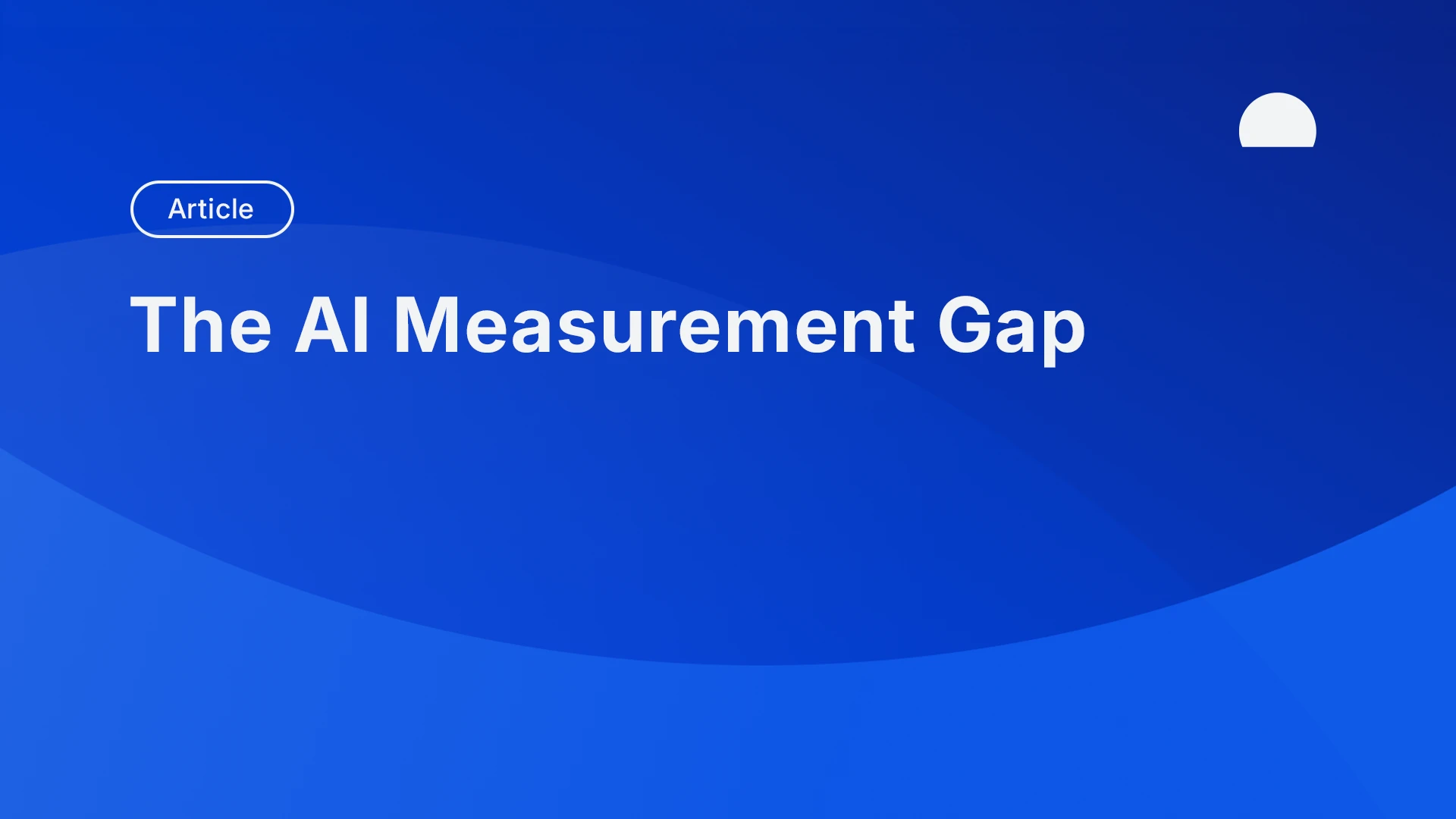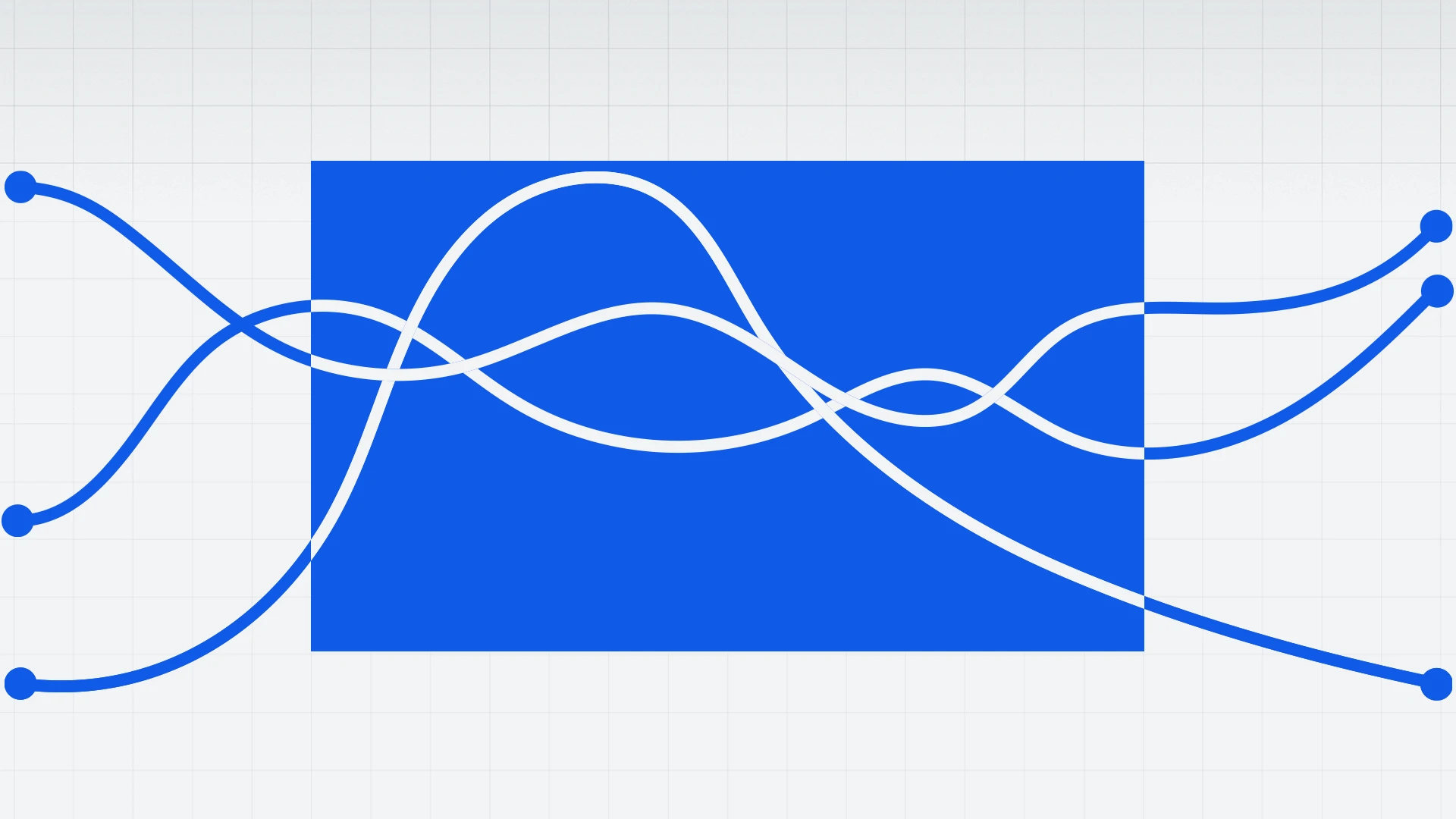The AI Interest Rate: Is GenAI Accelerating Your Technical Debt?
Discover how GenAI code can compound long-term complexity, and how to control the hidden “interest rate” behind AI-driven productivity gains.


AI gave teams a 14% productivity boost. But with maintainability down 0.26 percentage points, many are now accumulating technical debt faster than they can resolve it. And the “interest rate” is rising.
Key Takeaways
- Speed alone isn’t success: Between 2023-25 productivity rose +14.29% but maintainability slid –0.26pp.
- Technical debt is compounding: Each drop in quality increases the cost of every future change.
- Common metrics can mislead: Commit counts and deployment frequency hide the real risk.
- The advantage now lies in measurement maturity: Organizations that track the right metrics win.
The Invisible Compound Effect
There’s much talk across the software development industry about how AI could eliminate technical debt. The argument is that tools will get better at cleaning up messy code. But the reality is far more complex.
In pre-AI times, technical debt was a manageable cost, a known overhead you could pay down over time. Shipping rapid changes created debt, but you could schedule refactoring, patching, and review to keep the burden steady.
GenAI altered the equation.
Code volume, changes, and feature delivery all accelerated. But governance, review, and maintainability didn’t keep pace. That’s like increasing your credit limit without tracking the rising interest.
Every shortcut, every unreviewed piece of code, every architectural compromise now accumulates faster. And because maintainability is slipping, each future change costs more (due to complexity as well as size).
In practical terms: What once accumulated steadily can now grow rapidly.
What the Data Reveals
Our recent paper Stability, Plague, Then AI shows a clear pattern: you’re moving faster, but you’re not necessarily moving safer. The study’s data shows between 2023-25 productivity rose +14.29%, but maintainability slid –0.26 percentage points.
On top of that, the baseline is already enormous: an estimated $1.52 trillion of technical debt in the U.S. alone. Research by McKinsey Digital suggests that technical debt can swallow up 20-40% of an organization’s technology estate value.
AI isn’t reducing this load, it’s adding to it. And at higher velocity.
When code volume rises and maintainability falls, the cost curve bends upward. What used to accumulate by degree now accelerates because every change takes more time, introduces more risk, and demands more remediation.
Why Traditional Metrics Hide This
Look at most engineering dashboards and you’ll see green: velocity up, commits rising, deployment frequency improving.
Those are flow metrics, showing how much your teams are doing. But they don’t show what you’re doing to your future state. It’s what we’ve called the “AI Measurement Gap”: the difference between activity and accumulation.
For our purposes here, it means when you measure only speed, you miss the hidden cost — the increase in defects, the refactoring backlog, the longer lead times for change.
Why This Matters — And What to Do
Without visibility over code maintainability and quality, you don’t know how much technical debt you’re stacking up. With each new AI rollout you increase your exposure, and the “interest” compounds with every refactor or duplication.
The larger, and older, your codebase, the bigger the debt penalty.
Here’s how to start regaining control of your code economics.
Encourage a “trust but check” mentality across your teams to verify GenAI code quality and pick up problems and patterns before they impact multiple files. Ensure team leaders build regular checks into their workflows to avoid the technical debt drag.
Create clear implementation strategies to avoid tools languishing unused, launching unnecessary pilots, or individuals using different LLMs.
Ask these questions if you want to prevent AI-accelerated technical debt devouring your IT budget.
- What’s our technical debt accumulation rate since AI adoption?
Track how maintainability is trending, how many modules are becoming “hard to change,” and how often teams need to refactor code that was recently delivered.
- How much engineering capacity is diverted from features to rework?
Monitor hours spent on bug-fixing, remediation, rewrites. These hours are interest payments — they don’t innovate, they sustain.
- What’s the compounding cost trajectory if we don’t change course?
Model how a small drop in maintainability (say 0.1pp) will increase future change cost, delay releases, and increase risk for incidents. What does that cost look like in 12-24 months?
See How AI is Reshaping Code Economics
Our whitepaper, Stability, Plague, Then AI, unpacks seven years of engineering performance data, showing exactly where speed turned into debt and what you can do next.
Every organization is facing the same acceleration curve. The difference is whether you can see it.

















